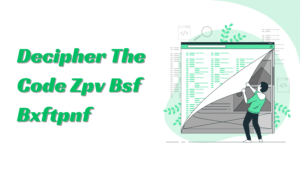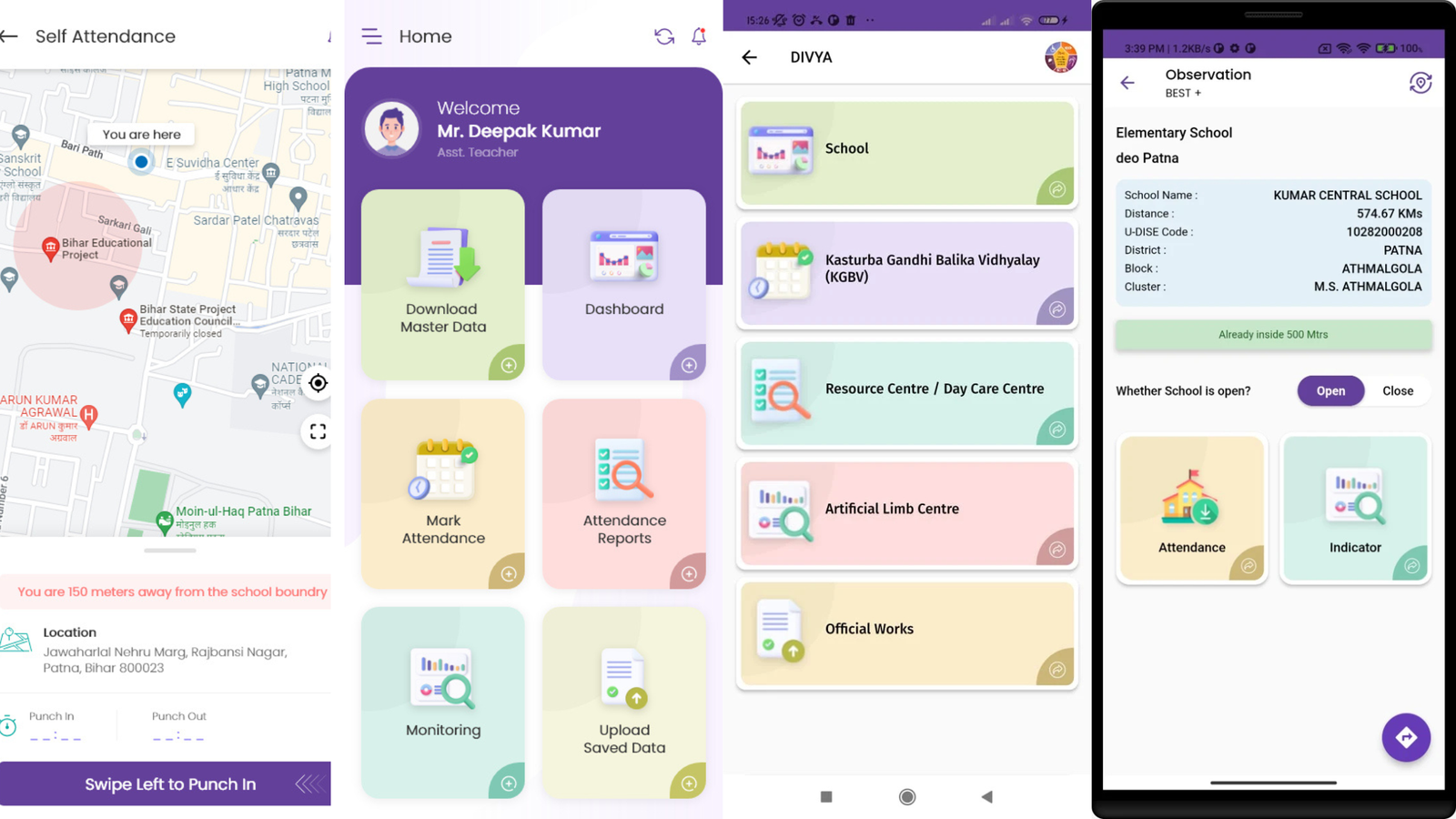
GraphQL APIs: What it is and How to Work With!
GraphQL APIs are an open-source data query and manipulation language used in APIs with a runtime to satisfy searches, including current data. Before going live in 2015, Facebook created GraphQL in-house in 2012.
GraphQL is, fundamentally, an API query language with a runtime to satisfy such searches using already-existing data. GraphQL APIs give consumers the ability to ask for exactly what they need and nothing more, make it simpler to change APIs over time, and offer potent developer tools—a complete and clear description of the data in your API.
GraphQL APIs enable reading, writing (mutating), and subscribing to changes to data (real-time updates—most typically accomplished with Webhook). GraphQL servers for several languages, including Haskell, JavaScript, Perl, Python, Ruby, Java, C++, C#, Scala, Go, Erlang, PHP, and R, are provided.
What Is An API?
An API, or Application Programming Interface, sets the rules for how programs and gadgets can connect and talk to each other. Simply put, application programming interfaces simplify the process of sending and receiving requests and answers. For APIs to work, they need clear protocols and architectures so that data and orders can be sent and received.
What Is GraphQL?
GraphQL is different from other API development methods because its main goal is to give clients only the data they ask for, without any extraneous data. As an example, REST depends on endpoints and can’t get only certain kinds of info.
How Do GraphQL APIs Operate?
GraphQL appeals mostly for the idea of requesting what you need and getting just that—nothing more, nothing less. GraphQL guarantees that apps employing GraphQL are quick, stable, and scalable by returning a very predictable result free from over- or under-fetching when you submit searches to your API.
GraphQL APIs Challenges That Include The Following:
It Enables The Utilization Of Multiple Endpoints
Consumers may have hundreds of APIs, which means that a single data request may involve accessing 10-20 APIs and multiple queries. GraphQL offers a single point of contact for data searches spanning several data sources. Front-end developers may thus quickly acquire data and build swiftly.
Avoids Fetching Data
Conventional APIs deliver data in a designated data type. This is the reason you sometimes wind up with fields you never need. GraphQL allows you to predefine the JSON format in which the required data resides, as well. In this sense, your request returns just the necessary data. Your applications go more quickly. This is especially important for sluggish internet devices, such as cell phones.
Easy Versioning
Versioning and backward compatibility present issues for traditional APIs. Therefore, either the headers or the endpoint itself, like “/v1/,” must supply the versions. GraphQL merely delivers the explicitly requested data, allowing for the straightforward inclusion of new features.
Relational, Easily Accessible Data
Writing SQL queries and merging data across several tables is the conventional approach of acquiring relational data from a data source. Managing nested data with parent-child relations presents a challenge. GraphQL simplifies web standard data query techniques. This means SQL knowledge is not needed to access the data.
Cooperation
GraphQL provides a straightforward interface that allows a single API call to query data from multiple sources. Still, accessing data from several sources calls for a strong, scalable connection and speed. MuleSoft acts as a layer of integration between your GraphQL API and your systems.
Difficulties And Factors Of GraphQL APIs
Major topic areas, including security, query complexity, and storage, were top issues in the community when GraphQL APIs initially debuted. As GraphQL and the wider community around it developed over the years, we have found common answers and best practices to most of these issues.
Understanding GraphQL APIs’ Recommended Standards
Guarantee consistent schema names
Consistent naming in GraphQL schemas makes data identification simpler and faster. If you fail to establish a consistent schema naming and adhere to a specific standard, you may encounter multiple names or attributes referencing the same data within the same schema. This could potentially cause problems in the future. Make sure that naming conventions for fields, data types, pages, and so on are effective and always follow the same standards. GraphQL names fields in camelCase and types in PascalCase, a decent convention.
Think about later structural changes
GraphQL schemas will surely evolve forward. This should be taken into account during the process of architectural design. If your web application grows and you want to incorporate additional fields and data into your schema, this is something you should consider. Ensure that your schema allows for extensions and alterations, as failure to do so could result in significant adjustments later on. You might have to remap the whole schema, thereby losing time and money.
Cut out the irrational piece
GraphQL allows for the concurrent sharing of logical bits, known as fragments, between changes and searches. Fragments guarantee that every search is consistent, short, and readable. Sadly, if improperly employed, some pieces might cause more damage than benefit. Using them just in logical meaning Schema fields guarantees that all the fragments are indeed necessary. An incorrect or illogical addition of pieces could potentially complicate a question.
The Bottom Line
Rapidly becoming somewhat well-known as a potent query language for APIs is GraphQL. GraphQL will be used in production by more than 50% of companies by 2025; hence, its special security features must be addressed with purpose-developed technologies. Apart from using safe software development techniques, your API defense-in-depth strategy depends critically on run-time protection. GraphQL’s complexity and power call for a run-time API security layer to help reduce the extra security concerns.
FAQs
What Is GraphQL?
An open-source language called GraphQL was made by Facebook to make it easier to retrieve and process data. Clients can ask for specific info, which makes it more efficient than regular REST APIs.
Know what GraphQL APIs are and how they work?
The GraphQL APIs let clients send questions to servers that ask for specific data. GraphQL is better and more flexible for getting data than REST, which needs different routes for each type of data. This is because GraphQL only uses one endpoint for all data.
What is the main purpose of GraphQL?
GraphQL’s main goal is to let customers request exactly the data they need so that applications work better and more efficiently.
What does GraphQL do to deal with different types of data?
Developers can use GraphQL to get data from different sources with just one query, instead of calling different sites many times through APIs. This speeds up the application and makes it easier to get info.






